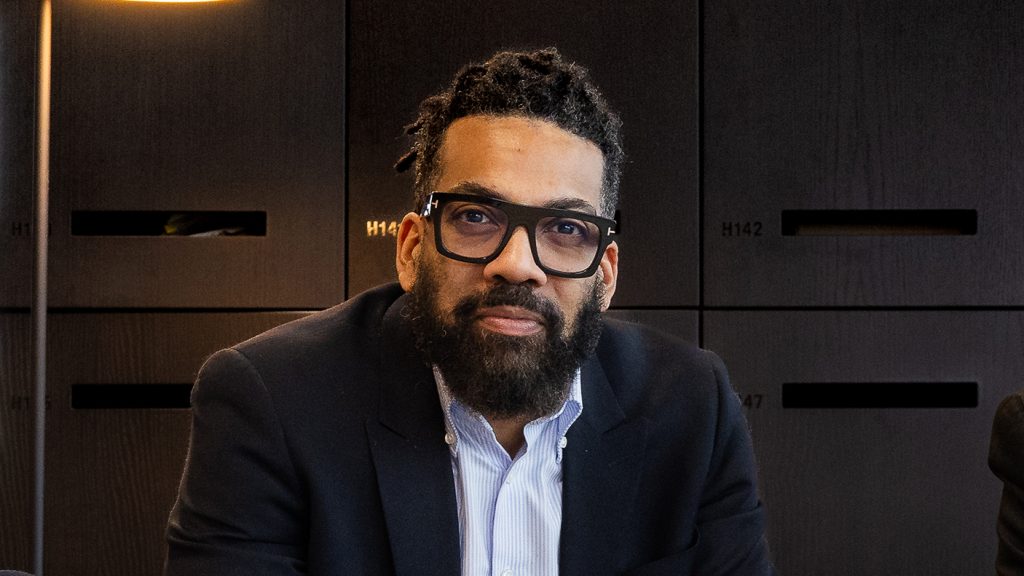How to lean into DEI Pushback and use it to accelerate your cultural transformation
By Bobby Bovell
DEI initiatives stand as pillars of progress, driving companies toward inclusivity and innovation. Yet, these necessary changes are not always met with open arms. In every organization, you will find a spectrum of responses to DEI.
From enthusiastic adopters to skeptical onlookers, the key is understanding and addressing the varied perspectives.
Let us discuss the reasons for DEI pushback, why it is important to address it, and how to use it to your advantage.
Listen to the interview on DEI Pushback with Bobby Bovell
From Uncertainty to Operationalization
In the past—pre-COVID, pre-Me Too, and before Black Lives Matter —there was a question about whether diversity had a real impact on the business.
Now, we have moved into a world where people ask: “We know diversity is important. But how do we operationalize it?”
Understanding DEI Pushback
Pushback to DEI occurs when an organization decides on ambitions in terms of diversity, equity, inclusion, and belonging.
The company wants to take an approach to increase the percentage of females in leadership or improve the culture.
When a business presents that agenda, some will ask about the need for this and what it will mean for the organization. We are naturally wired to fear change.
Cultural transformation and diversity are in many senses seen as a threat to the future of various individuals in the company.
Pushback can come from all levels and all people. Often people think the pushback is going to come from a white, middle-aged, heterosexual male. But pushback comes from people of all backgrounds.

Bobby Bovell, Partner, Chief Consultant, Creativity Strategist and Keynote Speaker with a BA (Hons) in Commercial Music at the University of Westminster and an MA in Systematic Theology.
The Misunderstandings Behind DEI Pushback
When people say that they do not want DEI, they usually have quite strong views on it, arguing that:
“We are focused on having the best person for the job.
We are not interested in that diversity stuff.
We just want the best person for the job.”
If the company is receiving pushback from employees about an agenda to increase the levels of female leadership and people say, “Well, we just want the most qualified person.”
For me, that is a quite nefarious argument because really what the person is saying without knowing it, is that there aren’t any women qualified for the job, which rarely is the reality.
Strategies for mitigating DEI Pushback
- Ensure that top leadership is communicating the importance of this agenda. If this agenda is only pushed by a small group of people without influence, decision power, and the money to back this it is difficult for people to believe that the organization is invested in change.
- The leadership needs to back the initiatives and decisions made within the organization with action and transparent communication about the reasons for implementing initiatives, and that they are to make the company processes more productive, profitable, and psychologically safe for the employees. If they don’t the pushback will build up even more.
- Once the top leaders are involved and everything is being backed verbally, in actions, and financially in the company, you need a shared language for what diversity means. The challenge is that companies often don’t focus on a particular aspect of diversity and a goal for their agenda. And when they fail to, the company gets confused about what they are supposed to do operationally to make this happen. Run trainings for both leadership and the entire team, have open forums, have discussions with the organization at all levels, and talk about the shared language and approach to diversity.
Inclusive Leadership and DEI Success
Have a shared dialogue with the entire organization before you set up grand plans for DEI. It makes a big difference because otherwise, there are a bunch of initiatives happening, and people don’t understand why. The question of good leadership is crucial.
When I first became a leader, someone sat me down and said: “Bobby, it’s great being a leader, but if you are leading and there is no one following you, then you are just going for a walk.”
The reality is, that in many situations, we have an agenda and ambitions that are great and it’s all done in the right way. But we don’t have the people with us.
We need to make sure that we have those discussions and make sure that we base decisions on proper data.
